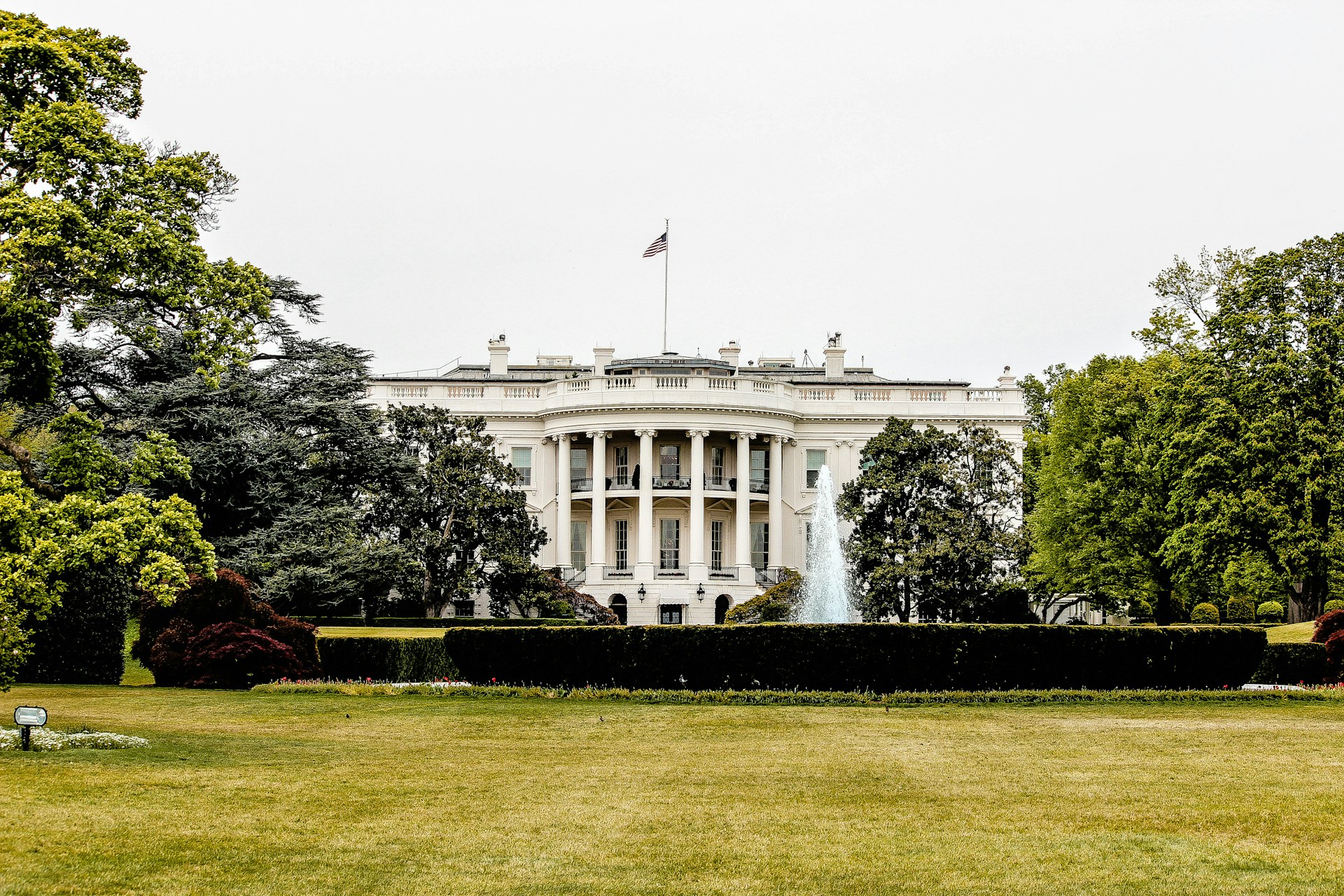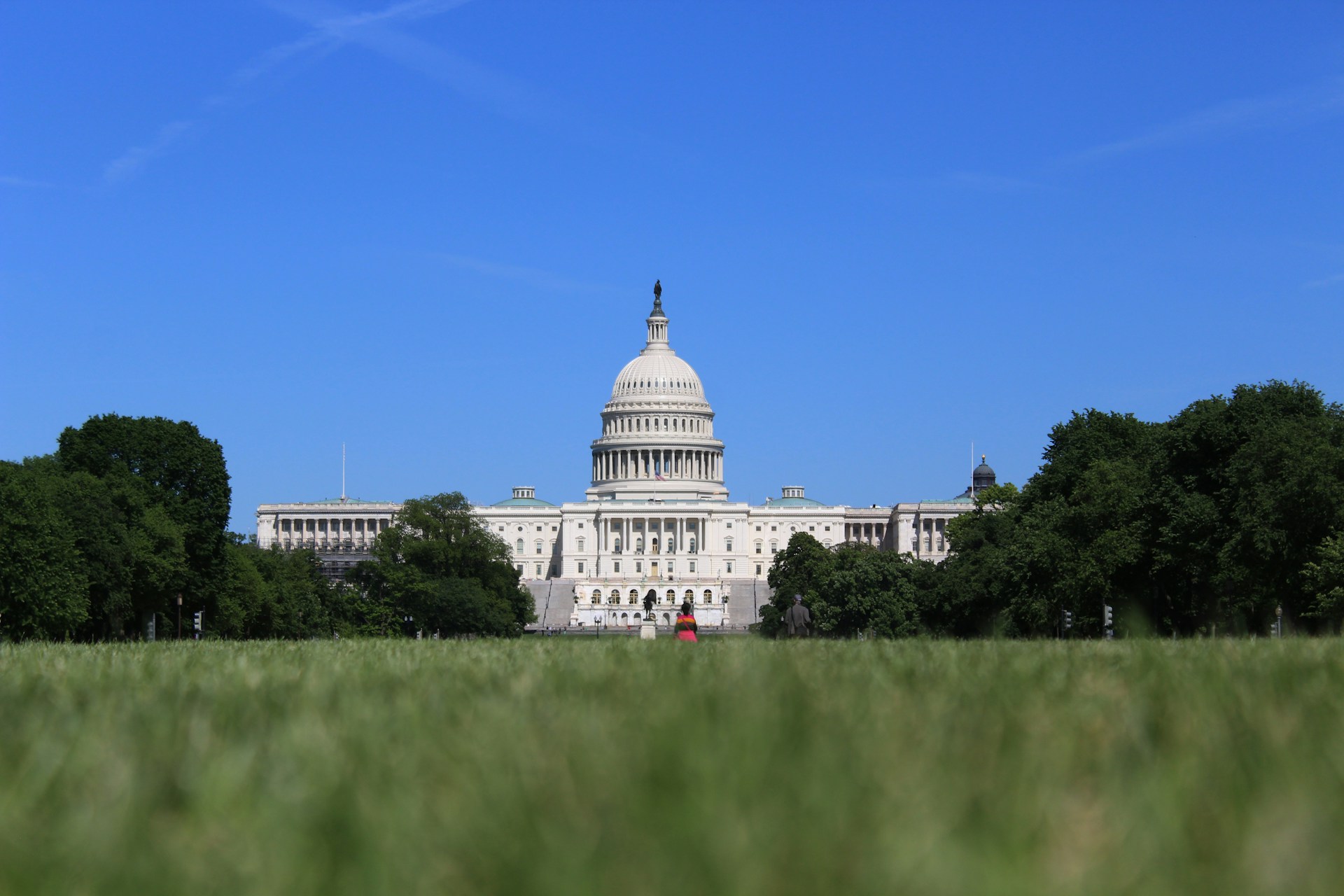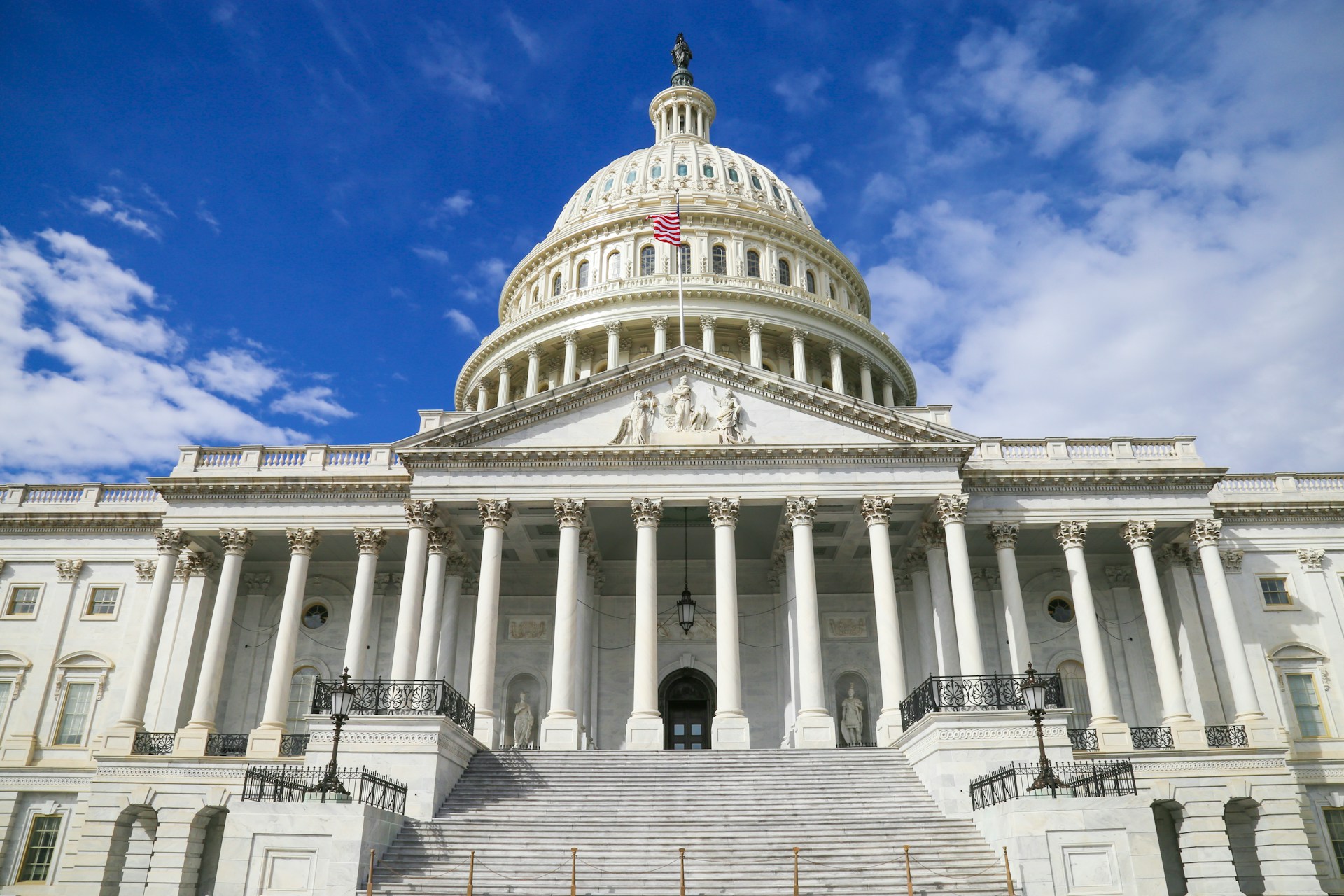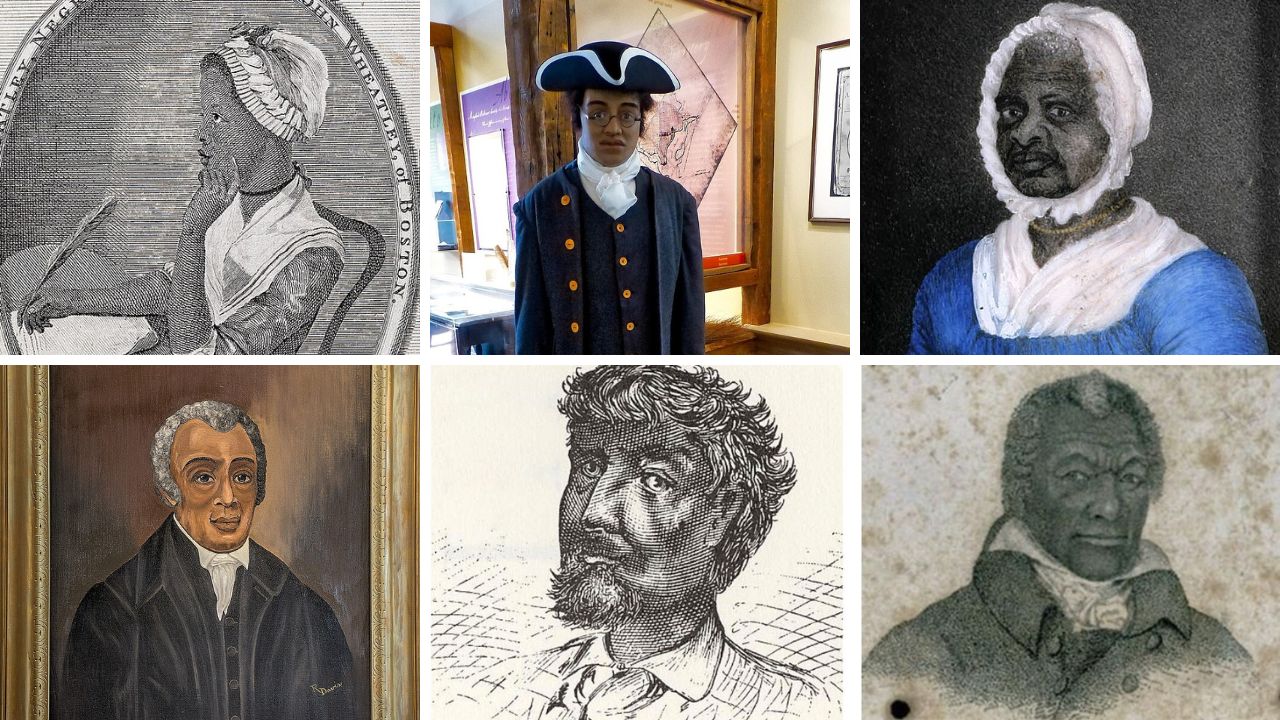The story starts with a thud. During Harry Truman’s presidency, a Baldwin grand piano leg punched through the floor of Margaret Truman’s sitting room. The building creaked, joints snapped, and even Truman’s marble bathtub felt risky. Engineers soon agreed that the Executive Mansion was more stage set than sound structure. Truman packed up the family and crossed Pennsylvania Avenue to the Blair House while crews prepared for a radical fix.
From 1948 to 1952 the White House was gutted to its sandstone shell. Steel and concrete went in, old timber came out, and the interior was rebuilt room by room. That overhaul changed the building more than fires, wars, and later makeovers combined. It also locked in a pattern that has repeated for more than two centuries. Presidents renovate, critics object, and the nation argues about history, taste, cost, and power.
Beginnings, Fire, and the First Big Arguments

George Washington chose the site but never lived there. In 1792, Thomas Jefferson, then secretary of state, launched a design competition won by James Hoban, an Irish-born architect with a clean Federal vision. By the time John and Abigail Adams moved in during November 1800, plaster was still drying and the grand staircase was a hole. Abigail turned the unfinished East Room into the laundry.
Jefferson returned as president with new ideas. Working with Benjamin Henry Latrobe, he added east and west colonnades that connected the house to service buildings like the ice house and wood storage. Federalist critics sniffed at the classical Ionic columns as aristocratic. The debate felt familiar even then, a young republic arguing about what a democratic palace should look like.
The War of 1812 set the house on fire in August 1814. British troops burned the interior and destroyed most furnishings, but the exterior walls survived. Congress considered moving on, yet James Madison rehired Hoban to rebuild. The job finished in about three years, complete with shortcuts that later haunted the structure.
People still repeat the myth that the walls were painted white to hide burn marks. In truth, porous sandstone had been protected with a lime whitewash since 1798. The building was painted white in 1818, and the nickname White House became official in 1901 when Theodore Roosevelt put it in writing.
Porticoes, Prestige, and Growing Pains
Andrew Jackson approved the North Portico in 1829 and 1830, creating the face most visitors picture. Congress funded about 24,700 dollars for the work during a downturn, and newspapers blasted the expense. Whig opponents said the money should have gone to new construction or debt relief. Even then, symbolism had a line item.
Over time, the South Portico and North Portico balanced the main block. The house kept its Federal bones, but it was visibly growing into a national stage. Shorter: The porticoes were more than decoration, they turned the residence into an emblem seen on tickets, newsreels, and postcards.
An Office Complex Is Born

By 1902, Theodore Roosevelt removed the Victorian greenhouses west of the residence and added the West Wing. Architect Charles McKim delivered functional offices that separated governing from family life. The cost, around 65,000 dollars, drew scrutiny and a few jeers that the house had lost character for bureaucracy. In reality, the modern presidency needed a workspace, not just parlors.
William Howard Taft made that workspace iconic in 1909 by commissioning Nathan Wyeth to design an oval office modeled on the Blue Room. Taft moved in that October. The curve felt ceremonial yet practical, a place where power could gather and disperse without corners. The Oval Office view to the south framed the Washington Monument and the growing capital beyond.
War, Security, and the Truman Rebuild
Franklin Roosevelt added the East Wing in 1942, part wartime staff expansion, part shelter. The secrecy annoyed opponents, and some lawmakers called it wasteful. Later, the East Wing evolved into the base for the first lady’s team and social life. The practical and the symbolic kept trading places.
Then came the crisis Truman could not ignore. Floors swayed underfoot, rats found daylight through gaps, and plumbing and wiring belonged to the 19th century. Truman closed the house and launched a 5.7 million dollar reconstruction that saved the outer walls but replaced almost everything inside with steel framing and new systems.
Shorter, He even turned old pine into paperweights for his Cabinet and offered souvenir bricks for a dollar. Americans were buying pieces of their house.
Felix de Weldon, advising during the work, pushed to restore the Federal look, keeping only a Victorian echo in the Lincoln Bedroom. The most polarizing flourish was the second-floor South Portico balcony, later called the Truman Balcony. Some architects said it clashed with Palladian order, and a Pennsylvania congressman accused Truman of spending about 16,000 dollars for personal pleasure. The balcony stayed, and the argument joined the building’s DNA.
Gardens, Press, and the Public Gaze

In 1962 Jacqueline Kennedy tapped Rachel Lambert Mellon to rebuild the Rose Garden along the west colonnade into a formal yet restrained landscape. The garden became a setting for diplomacy and family, including Tricia Nixon’s wedding in 1971. Decades later, Melania Trump updated the space with new paving to solve soggy turf, another small fix that sparked loud opinions.
The west colonnade also shaped daily life. Barack Obama joked about his 45-second walk to the Oval Office, a ritual many presidents have known. The east colonnade, by contrast, has faced demolition during the latest expansion push, a reminder that service corridors can turn into battlegrounds for meaning.
The Ballroom Fight

In 2025, Donald Trump advanced plans for a 90,000-square-foot ballroom, designed for roughly a thousand guests and funded by private donations at an estimated 300 million dollars. He argued that cramped rooms and rain-soaked lawn tents made state entertaining unreliable. Supporters cast the project as an overdue upgrade for national hospitality.
Opposition centered on demolishing the East Wing despite earlier suggestions the new structure would not touch it. The pushback ranged from preservation concerns to accusations of vanity construction. Political figures split along familiar lines, with some calling it damage to a landmark and others calling it a gift to the American people. The pattern held, as always. Build, argue, absorb, move on.
What This All Adds Up To
The White House looks eternal from the north drive, yet it has always been provisional. Hoban’s Federal shell has survived fire, fashion, and the weight of government, while its interior has been rebuilt to match each era’s demands. Colonnades turned barns and ice houses into architecture. Porticoes turned a house into a symbol. The West Wing turned a residence into a workplace. Truman’s steel turned a fragile relic into a functioning home again.
Renovations reveal American priorities. Security during war, competence in administration, ceremony for diplomacy, access for a free press, and gardens that speak to taste and tradition. Each change draws heat, then cools into normal. Even arguments become fixtures. The balcony that offended some in 1948 is now simply part of the skyline in every tourist photo.


